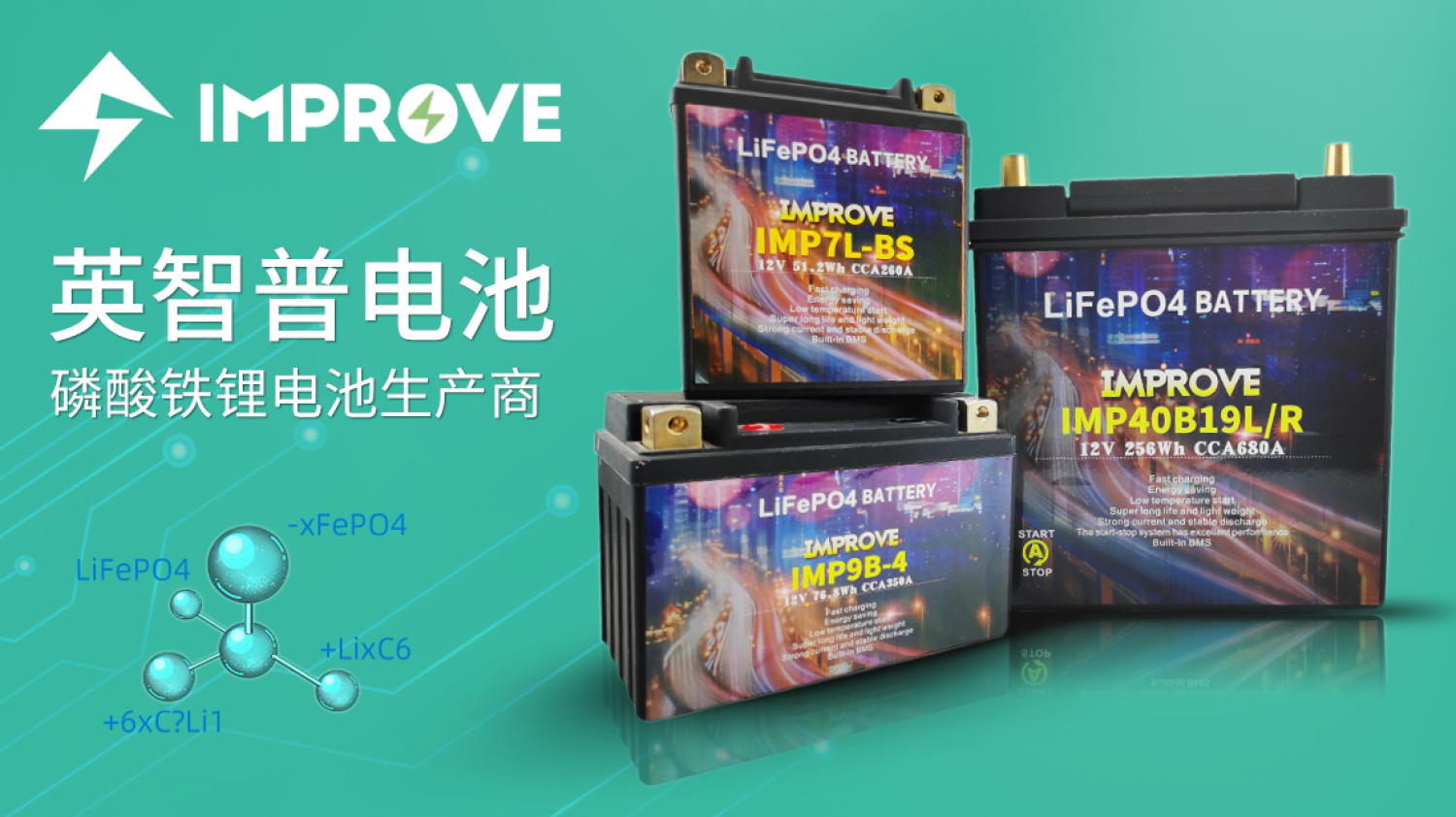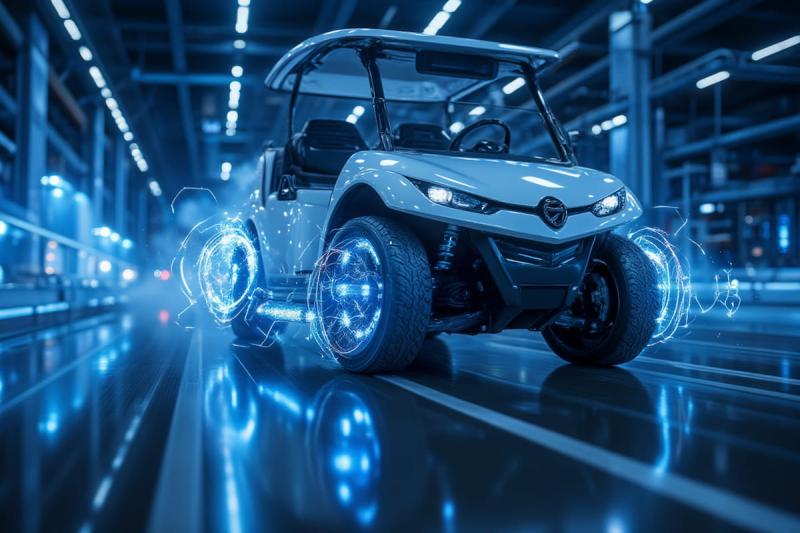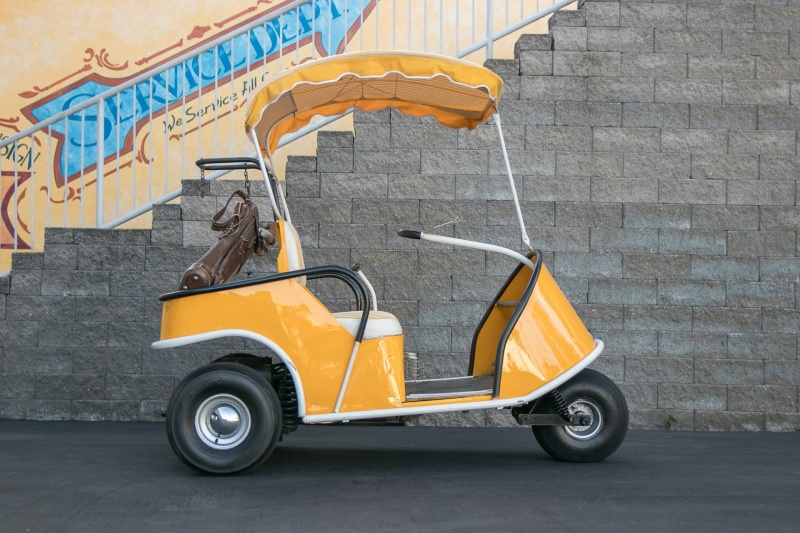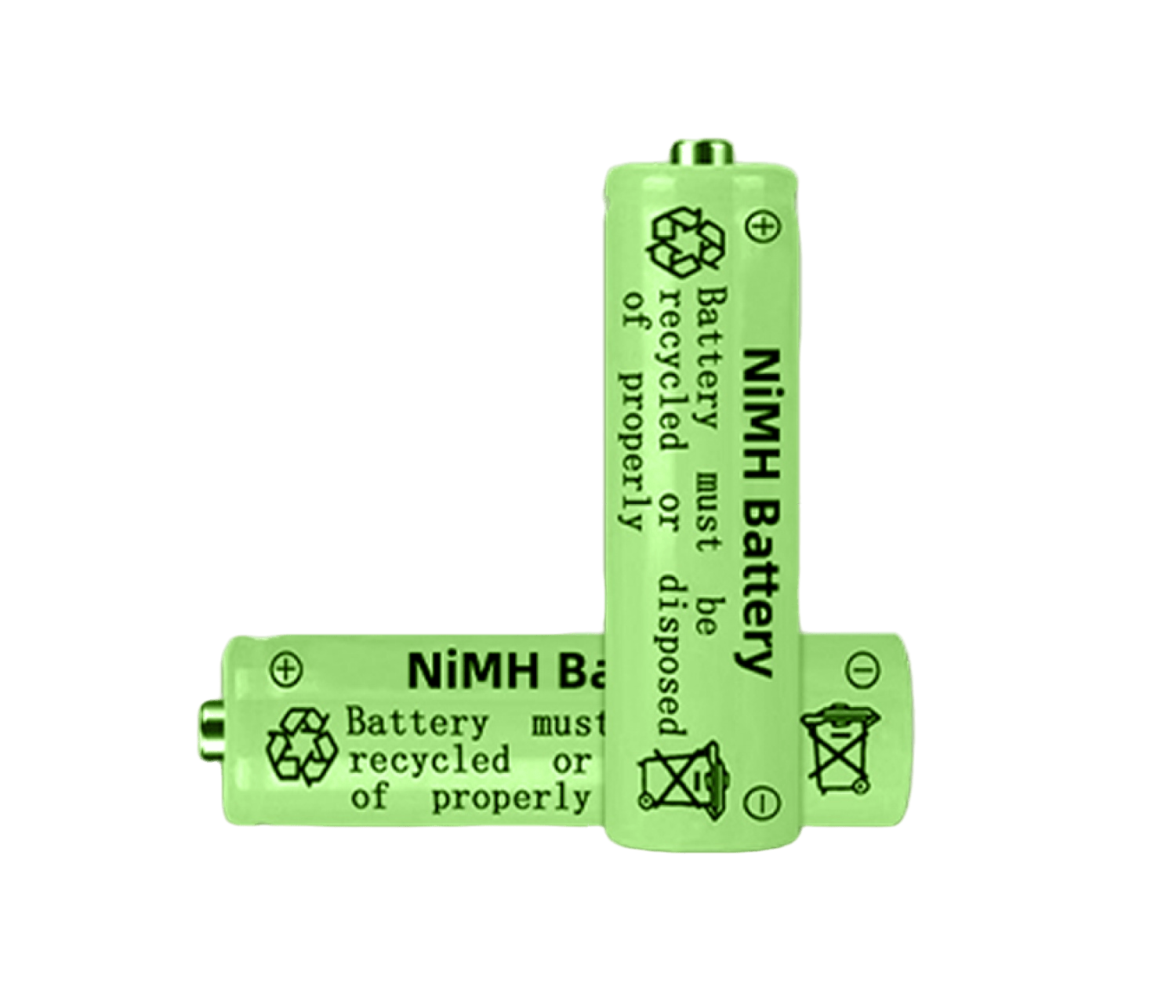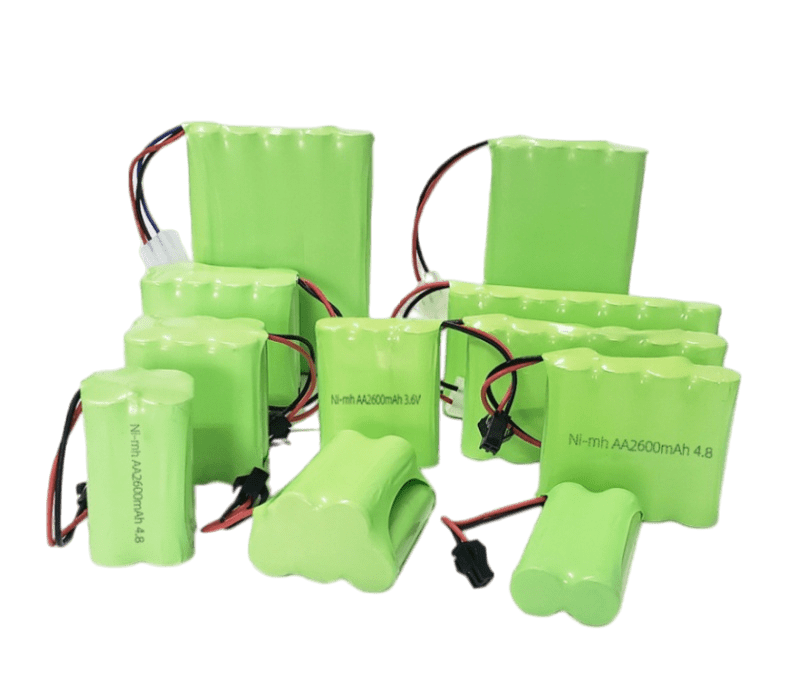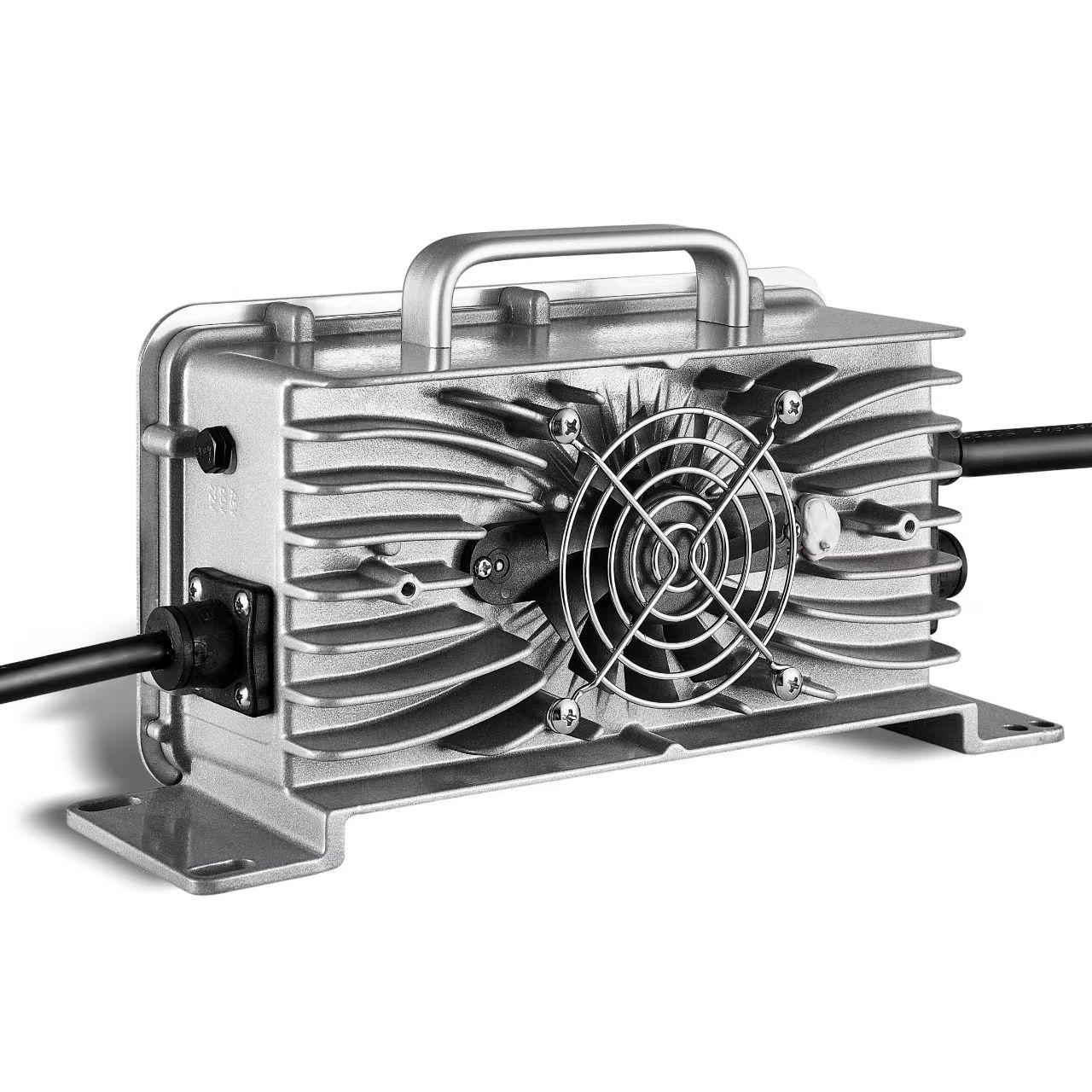Polymer lithium battery is widely used in electric cars to replace traditional energy sources, its performance is directly related to the performance of the vehicle, and the temperature is the main factor affecting polymer lithium battery performance, if lithium polymer batteries work long time under high temperature, battery performance will be rapid attenuation may even cause thermal runaway, so the cooling method of polymer lithium battery is especially important.
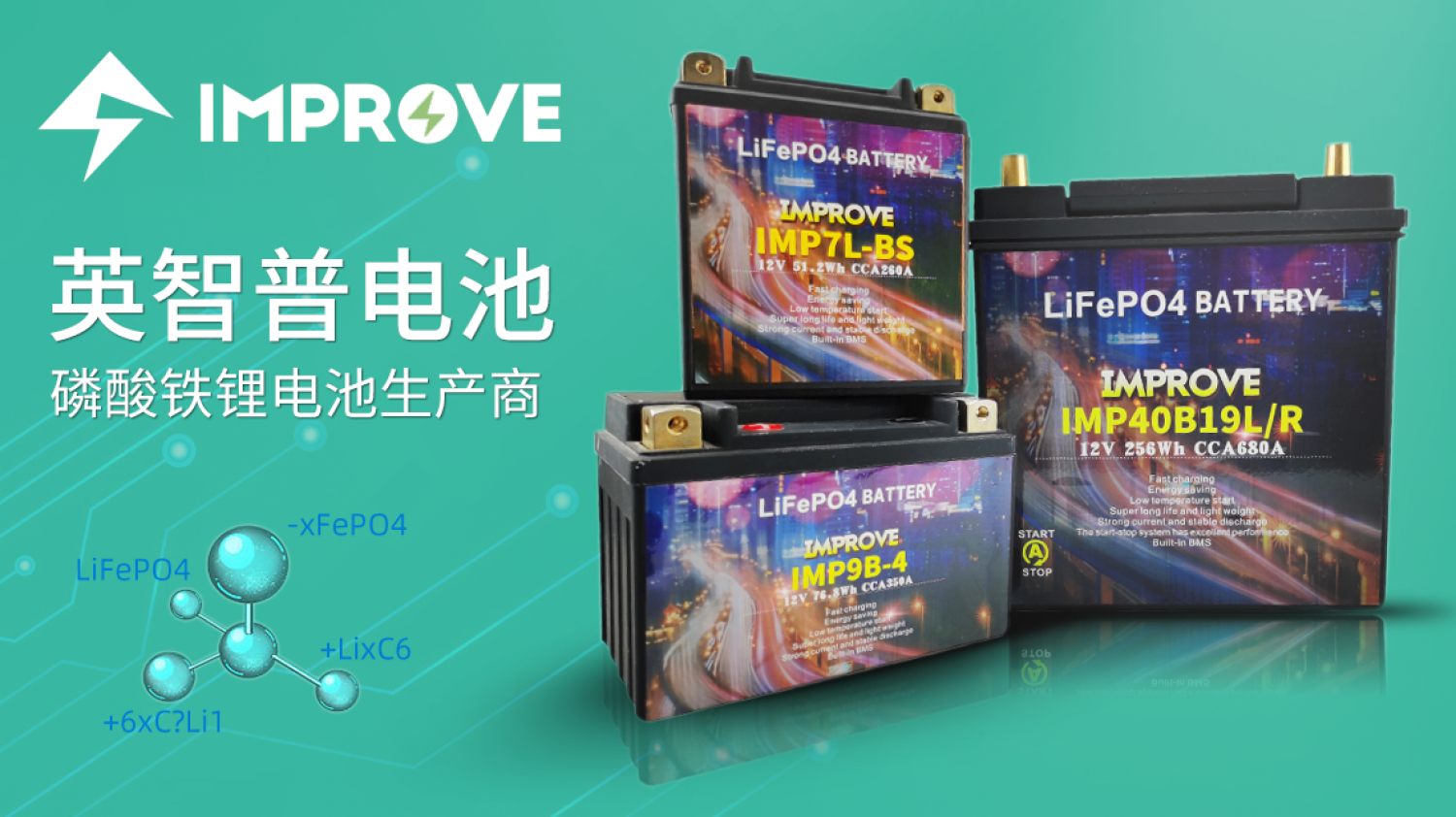
At present, lithium polymer battery is composed of flammable and volatile non-aqueous solution, which has higher specific energy and voltage output than the battery composed of aqueous electrolyte. Because the non-aqueous electrolyte itself is flammable and volatile, it is infiltrated in the internal research on the heat dissipation of polymer lithium battery, and also forms the combustion root of the research on the heat dissipation of polymer lithium battery.
The working temperature of raw materials of lithium polymer battery shall not be higher than 60℃, but now the outdoor temperature is close to 40℃, and the heat production of lithium polymer battery itself will lead to the temperature rise of the working environment of lithium polymer battery, and if there is thermal control, the situation will be very dangerous. In order to avoid becoming a barbecue, it is important to cool the lithium polymer battery.
Because the heat generated by the internal power consumption in the polymer lithium battery stack cannot be effectively dissipated from the surrounding, the internal temperature of the polymer lithium battery will be caused to varying degrees. In particular, the two main surfaces of the lithium polymer battery, when used as the combined surface of the lithium polymer battery pair, can form an adiabatic condition on it, resulting in a large temperature rise. Therefore, it is necessary to arrange an effective heat dissipation surface to dissipate the heat outwards to control the temperature rise of lithium polymer battery.
The maximum temperature rise and minimum temperature rise models are established for the temperature rise characteristics caused by the power consumption of internal resistance in the process of high power output of lithium polymer battery pack, and the mathematical model of stacked heat dissipation is established and numerical calculation is carried out. Through analysis and research, it is found that the temperature rise effect of lithium polymer battery pack is obvious, and the temperature rise effect of lithium polymer battery can be effectively restrained by appropriate heat dissipation arrangement.
Polymer lithium battery heat dissipation mode:
There are active and passive cooling methods for lithium polymer batteries, and there are great differences in efficiency between them. The cost of passive system is lower and the measures taken are simpler. Active systems are more complex and require more additional power, but their thermal management is more efficient.
In the actual application of electric bus, due to the large capacity and volume of battery pack, relatively low power density, so air cooling scheme is mostly used. The power density of a normal passenger car's battery pack is much higher. Correspondingly, its requirements for heat dissipation will be higher, so water cooling schemes are more common.
Different polymer lithium battery structure sensors will be determined according to the temperature measurement point and demand. The temperature sensor will be placed in the most representative locations with the greatest temperature variation, especially the highest and lowest temperatures and areas with the greatest heat accumulation in the center of the battery pack. This helps to control the temperature of the lithium polymer battery in a relatively safe environment, avoiding the danger of overheating and cooling the battery.
The electrolyte is to isolate the combustion source, the diaphragm is to improve the heat resistance temperature, and sufficient heat dissipation is to reduce the temperature of the battery, to avoid excessive heat accumulation caused by the battery thermal control. If the temperature of the battery rises sharply to 300℃, even if the diaphragm does not melt and shrink, the electrolyte itself, the electrolyte and the anode and cathode will have a strong chemical reaction, release gas, the formation of internal high pressure and explosion, so it is very important to use the suitable way of heat dissipation.
The above is about the heat dissipation of polymer lithium battery and the way of heat dissipation. The polymer lithium battery charging time is not the longer the better, for ordinary charger, when the polymer lithium battery full should immediately stop charging, otherwise the polymer lithium battery will be due to heat or overheating affect the battery performance.


